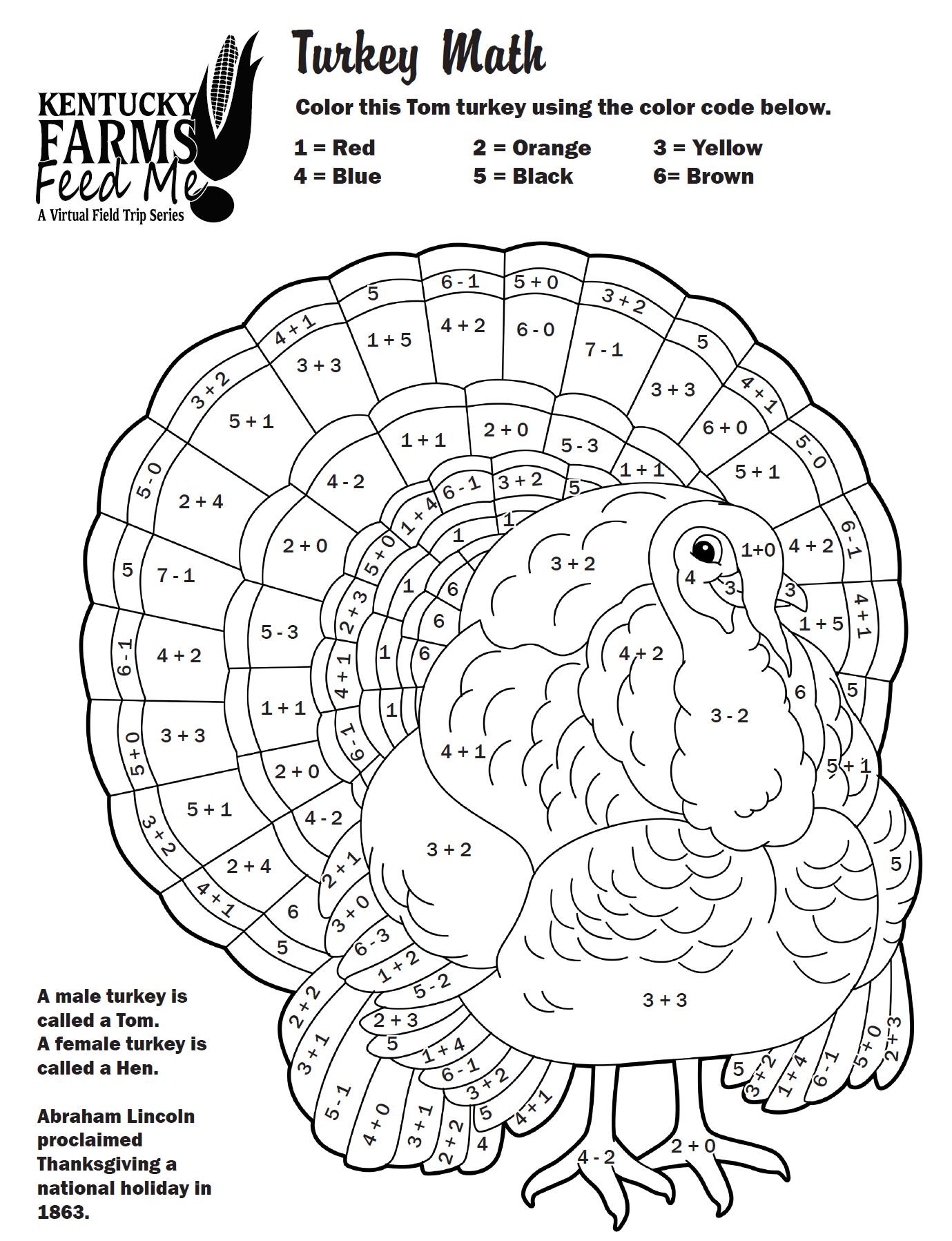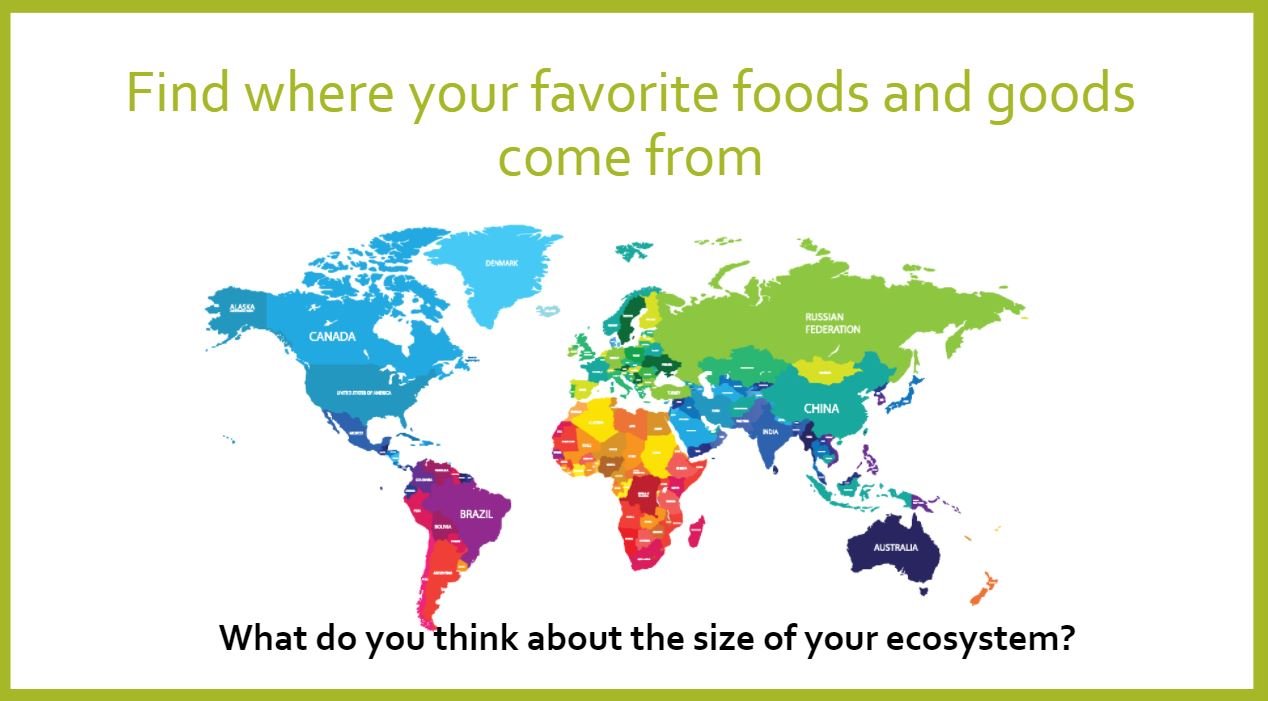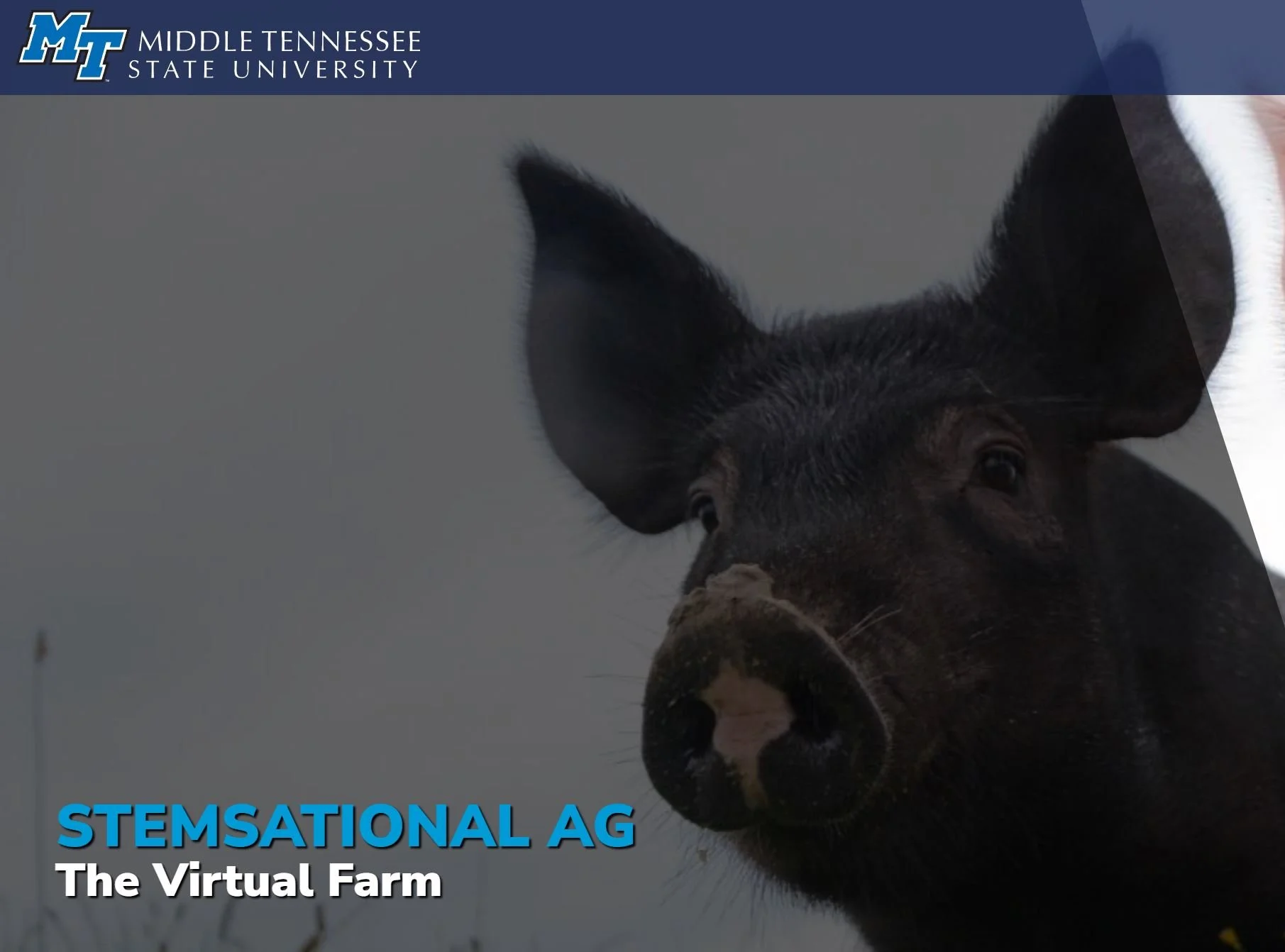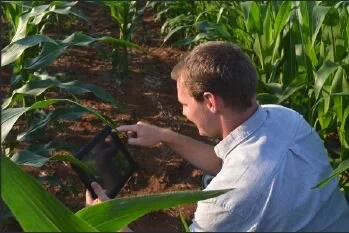Students (grade 3+) learn how agriculture is brings to life all of their holiday favorites! From Christmas trees to sweet treats, this interactive resource demonstrates that without farmers, it would be a blue Christmas.
Read MoreMATH: There are four versions of this worksheet: Counting/Number ID, Simple Addition and Subtraction to 6, Multiplication, and Fraction Conversion.
Read MoreThis fun activity helps students learn who is responsible for getting bacon from the farm to the store. It also teaches interdependence.
Read MoreSecondary Careers & Social Studies: Define consumer products and know the importance of agriculture and agriculture products in a healthy community. This lesson also includes an activity that shows the power of shopping locally.
Read MoreIntermediate Science: Students will learn the different parts of the farm ecosystem and discuss what happens when one or more parts are missing.
Read MoreIntermediate Science: Students will model the food chain from the sun to decomposers using producer and consumer examples that are found on a farm.
Read MoreIntermediate & Secondary Economics: Students will understand that the foods and natural resources they consume come from a broad ecosystem due to our farming, transportation, and commerce systems.
Read MoreWhere does our food and clothing come from? There’s a lot more to Agriculture, the system that provides us with crops we eat and fibers we use to make clothing, than most people are aware of. Students will learn about this amazing modern industry with roots that stretch back to the beginning of civilization through the Modules and Units that cover a wide range of topics. Everyone is sure to learn something new!
Read MoreStudents will explore concepts of heredity in beef cattle and identify dominant and recessive traits.
Read MoreGrades 4+: This Google Slide presentation focuses on how Kentucky farmers control soil erosion, as soil is one of our most precious resources for food production. The last slide provides a video demo of how different soil coverings impact how much soil washes away during a rain storm.
Read MoreThis 60-minute documentary features innovative farmers and soil health experts from throughout the U.S. Accompanying lesson plans for college and high school students. It starts with a reminder of the Dust Bowl and how today’s farmers are improving soil health.
Read MoreGrades 4+: Students will develop an appreciation and understanding of the natural development of seeds, learn the anatomy and function of each seed part through a seed dissection, and classify seeds as monocots or dicots.
Read MoreThis map shows the farm and forest resources from each county and it may be used to explain regional differences and the economic factors that impact production and where processors may be located.
Read MoreThe following is a great companion to the Kentucky Farms Feed Me Virtual Field Trip to a Pig Farm for secondary agriculture students.
Read MoreSecondary: Students will apply a basic understanding of the laws of supply and demand, learn about different types of egg laying farms, and recognize the impact labeling has on consumer choices.
Read MoreSecondary Agriculture, Foods: Our mission is to prepare students for a specialized job in poultry husbandry and processing upon graduation.
Read MoreSecondary Agriculture & Foods/Culinary - Students will learn about Kentucky’s pork industry, cuts and preparation of pork, food safety, and more.
Read MoreView profiles of people who work in Kentucky agriculture, or trained in Kentucky for their career.
Read MoreThis fun activity helps students learn who is responsible for getting milk from the cow to the glass. It also teaches interdependence.
Read MoreIn this lesson, students will follow the farm to fork process of producing beef, learn how cattle and other ruminants convert grass into nutrient-rich foods such as milk and meat, discover ways cattle recycle food waste, and identify careers in the beef cattle industry.
Read More



















